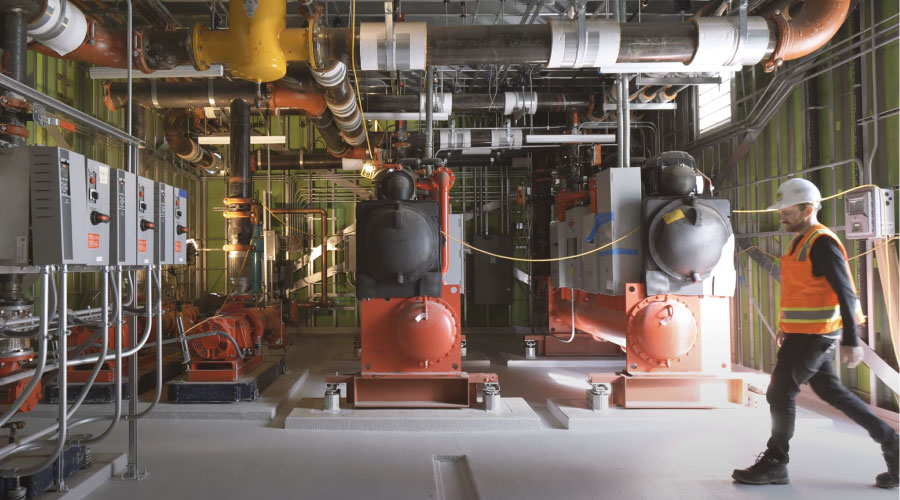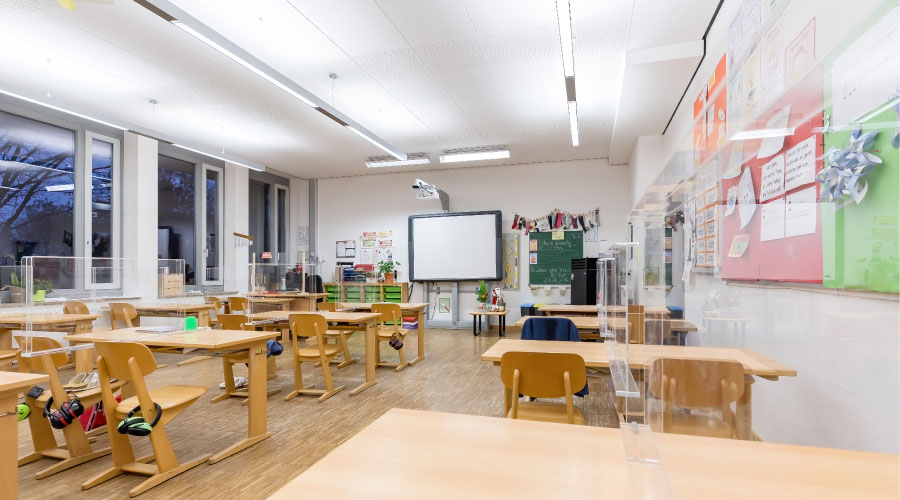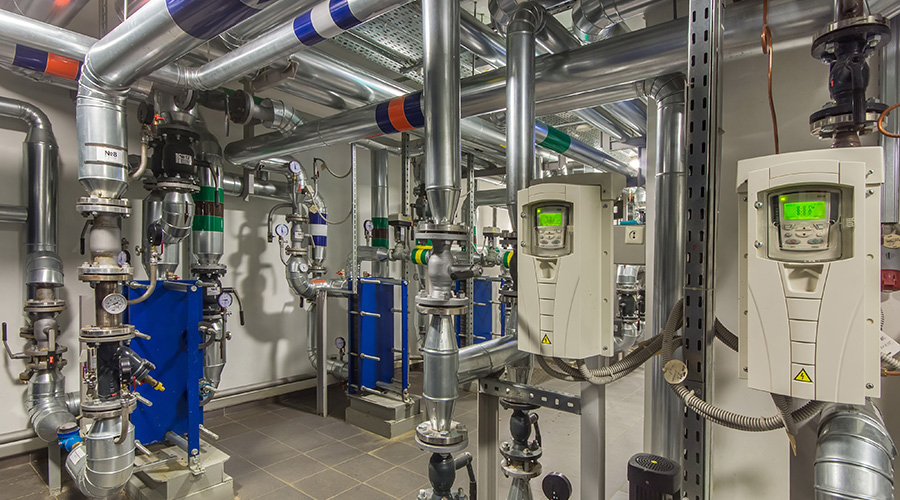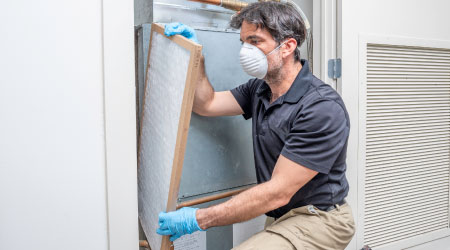Questions To Answer Before Deciding On A Portable Cooling Solution
While facility managers may go years between purchases or leases of portable cooling systems, when they need one, it's often critical and urgent: The existing air conditioning system stops working on one of the hottest days of the year, or the computer equipment malfunctions due to inadequate cooling in the data center. Before signing a purchase or lease agreement for a new portable cooling system, facility managers will want to address the following questions:
1. What's driving the need for a portable cooling system?
"Look at the conditions that cause this need," says Thomas Westerkamp, a maintenance and engineering management consultant with Westerkamp Group LLC. He recommends touring the building to identify the locations that require air conditioning, and then checking whether and how those needs are being met. In particular, facility managers want to pay attention to areas that may need cooling now, but wouldn't have required it when the AC system was installed. One example: storage areas that were later converted to office space.
Westerkamp also advises checking the maintenance records of the existing air conditioning units to determine how they've been performing. It's possible that the need for a portable cooling system is being driven partly by inordinate amounts of downtime in the installed AC system.
2. What size area do you need to cool?
While portable coolers come in all shapes and sizes, most are designed either to cool a specific area or room or to handle an entire facility. The first are useful when, for instance, an office is converted to a data center, and thus requires a lower air temperature than the installed AC unit can achieve. Similarly, a portable system might be used to keep a data center cool on weekends, even when the facility's main HVAC system is turned off.
A whole-building system typically is used if a facility's AC system goes down, yet the need to cool the building remains. A central cooling unit typically is brought on a trailer to the building, then connected to it via portable duct, Westerkamp says.
A number of calculators can be found online that can help facility managers determine the capacity needed for a portable cooling unit. Before completing a calculation, some information-gathering usually is needed. For instance, the calculator might ask for information on the size of the area to be cooled and its location, the location and sizes of the windows, the usual number of occupants, and whether the area is sunny or shaded. "Not doing this and guessing can result in a cooler and load that aren't compatible," Westerkamp notes. That can mean more money is spent than needed, as a too-large AC unit will operate inefficiently and a too-small unit won't cool the space.
3. What steps might reduce the size of the cooling unit needed?
Once a facility manager has a rough idea of the cooling unit needed, it often pays to determine if any changes might allow for a smaller, less costly system. Westerkamp provides an example: Before bringing a cooling unit into a data center, a facility manager will want to make sure that the hot and cold aisles are properly separated. "You can't use portable cooling to compensate for a design flaw," Westerkamp says.
Related Topics:













